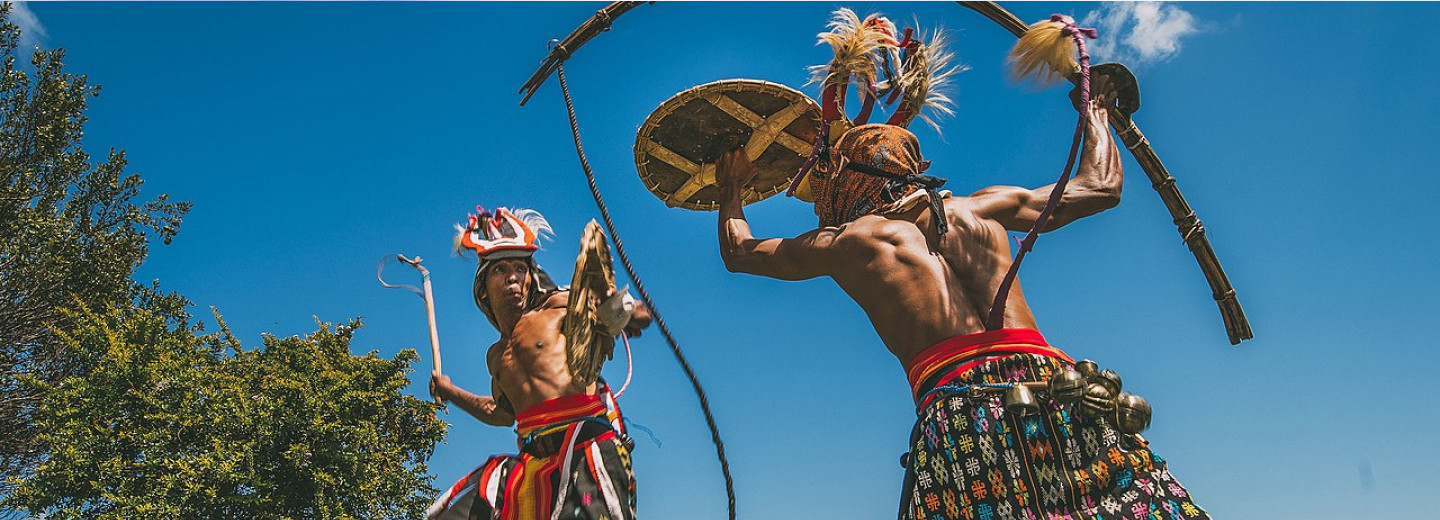
Indonesia is a country with a rich culture and tradition that is certainly very charming. This makes Indonesia one of the tourist destinations with millions of experience attractions that are very characterized and different from the others. Every element of culture that exists throughout the archipelago must have its meaning and story. One of the cultural characteristics of each region in Indonesia is art. From the work of handicrafts, sculpture, painting, and the art of dance. Each region in Indonesia has its type of dance that characterizes the cultural character of the area.
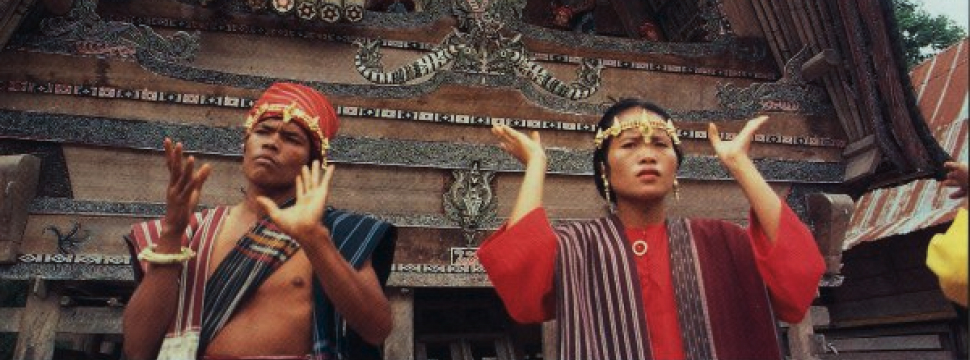
Indonesia-tourism.com
This is a unique dance characterized by a group of people who dance, also called manortor in the Batak language—accompanied by a traditional musical instrument called the gondang sabangunan. The movement includes feet (toe-toe) and hand movements. The property or equipment used in this dance is the ulos cloth or traditional Batak cloth. Dancers also wear headgear and add accessories, such as a bun that has a gold color. Tor-Tor dancers also often use kemben, and on the outside, it is covered with an outer vest.
According to the history of dance, Tor-Tor is used in rituals associated with spirits, where the nerves are summoned and statues of stone (a symbol of ancestors). Then the statue was moved, but his movements were stiff. Tor-Tor on today for the Batak people is no longer just assumed with the spirit world, but it becomes art because of the Tor-Tor into the culture in every activity of Batak indigenous people.
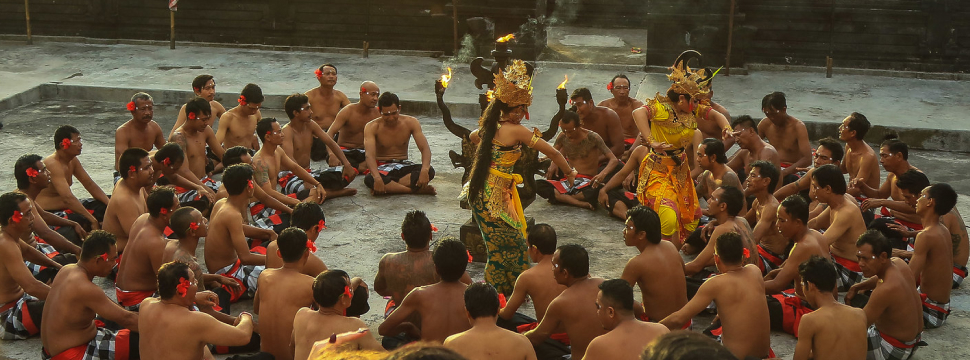
flickr.com
Kecak was first performed as a trance rite with a male chorus. While residing in Bali in the 1930s, German painter and musician Walter Spies became fascinated by the ceremony. He transformed it into a drama based on the Hindu Ramayana, complete with dance, to be performed in front of Western tourists.
The Kecak Dance is accompanied by the chanting of a chorus of men representing an army of monkeys continuously intoning "Cak! Cak! Cak!" or "Keh-Chak!" in polyrhythmic sounds for almost the entire performance, rather than the traditional "gamelan" orchestra that usually accompanies other Balinese traditional performances. This incredible human-voiced orchestra is led by a soloist who is also the narrator and is in charge of signaling the high and low notes. After a while, the result is to create a dramatic sonic wall against which the play's action is performed.

1x.com
Caci Dance is one of the traditional arts of the Manggarai community in Flores Island, East Nusa Tenggara Province, and is a type of typical war dance. This is a traditional dance in which two men dancers while fighting each other with a whip and a shield as weapons. Caci dance is another well-known indigenous art form on Flores Island in the NTT Province. This dance is frequently performed at events such as the harvest season (hang woja), the new year's ritual (pause), and other traditional celebrations.
Caci performances have become a business for local cultural cooperatives due to changing social and agricultural situations and rising interest from domestic and foreign tourists in this Manggarai cultural attraction. However, the growing attention of international visitors has boosted the Manggarai people's pride and self-consciousness in a fascinating aspect of their culture.
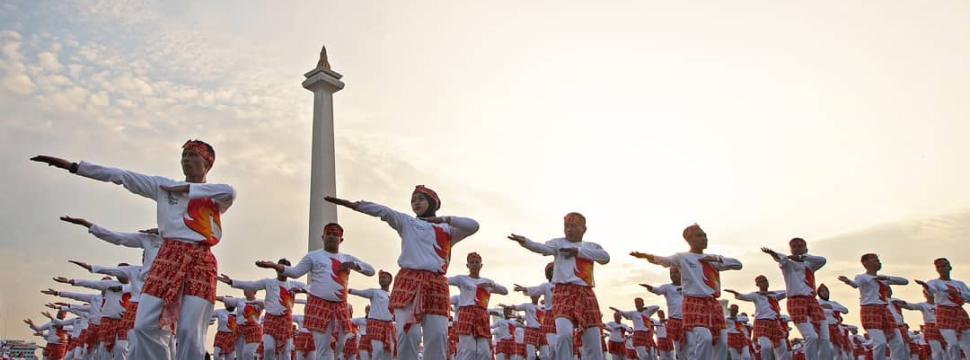
travelingyuk.com
Poco-Poco is a popular line dance from Indonesia's Maluku province; early in 1998. Initially, the Poco-Poco dance was merely a setting in Maluku that was noted for its emotional intimacy with family, relatives, and relatives. Poco-Poco is also the title of a Maluku song accompanied by this dance. The song was written by Arie Sapulette, an Ambon local, and performed by Yopie Latul, a well-known singer. The Poco-Poco dance holds a special place in the Indonesian people's hearts.
Two steps to the right and two to the left. Two steps back and then forward and then back.
The Poco-Poco evolved from a mesmerizing, energetic dance. It was performed amid Papua's harsh highlands and rainforests, Indonesia's easternmost province, once known as Irian Jaya, to the beat of tribal drums. Indonesian military and police officials stationed in Papua to put down a separatist insurgency took in the dance.
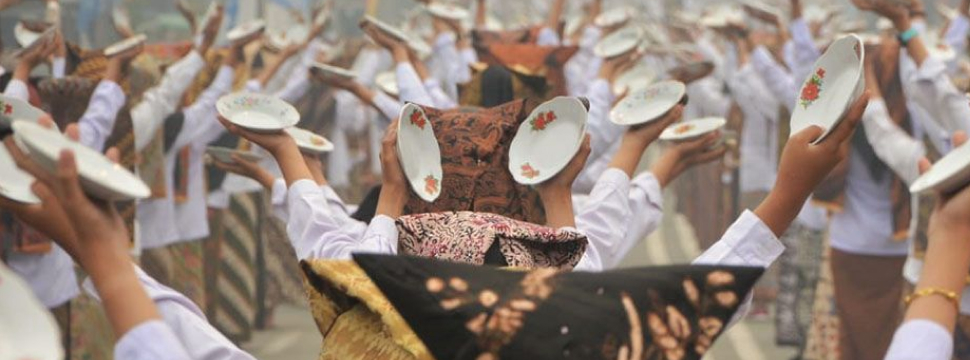
kompasiana.com
The plate dance is a Minangkabau traditional dance that involves plates. Without a plate leaving their hands, the dancers swing the dishes in their hands in quick, regular movements. The moves are based on Minangkabau silat. According to folklore, this dance began as a thanksgiving ritual to the gods for good crops for the local community. Bringing offerings in the shape of food placed on a plate while moving in dynamic movements is how the ritual is carried out.
The plate dance was no longer utilized as a ceremony to express thanks to the gods after the arrival of Islam in Minangkabau. On the other hand, this dance is performed as communal entertainment.